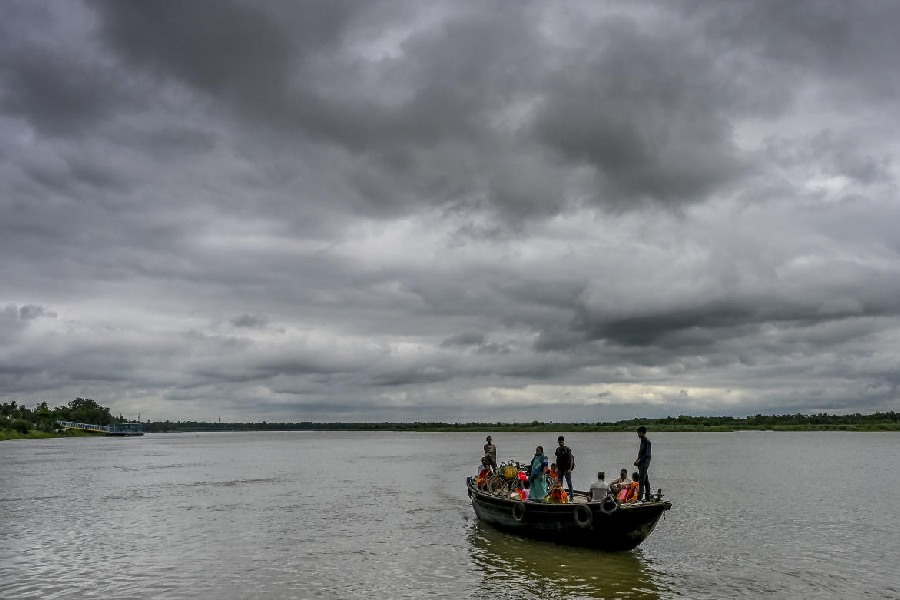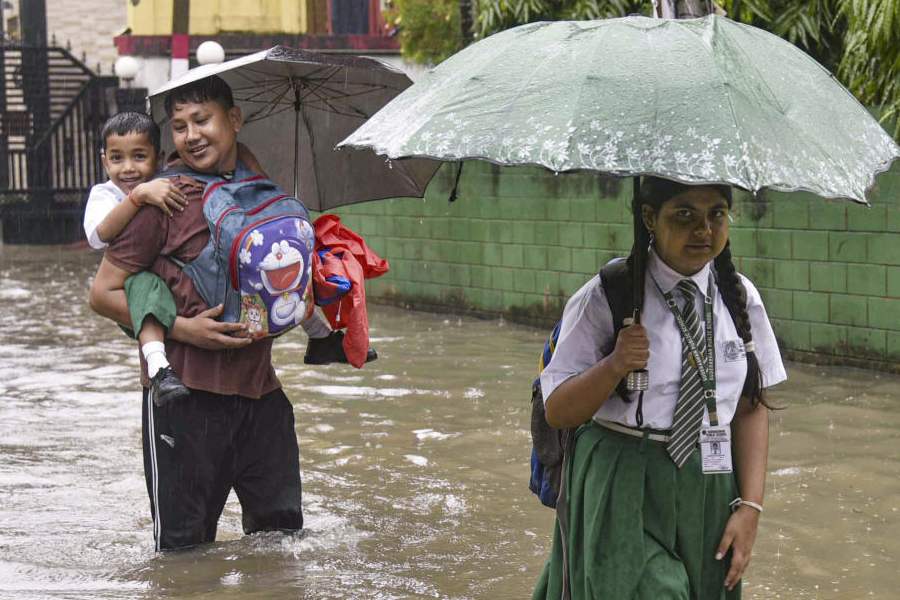
You must have heard of it. Some place in the Northeast where birds commit suicide. That would be Jatinga - a village on a ridge, located in Assam's Dima Hasao district, 330 kilometres south of Guwahati.
We drove down to Jatinga from Lumding earlier this winter. When we finally got there, the village itself turned out to be a clean, picturesque home to 300 families. There was the Jatinga river gurgling past. Village girls and boys moving in small groups towards the church. Flowers we had never seen before - magenta and yellow and blue - covered the foothills of the Borail. Butterflies did the tango. And in front of each house and also hanging from bamboo poles on the streets were halogen lamps. We were told this is a type of street lighting you will not find in any other village of the North Cachar Hill area.
Naturally curious about the bird suicide bit we made our queries, only to be met with blank expressions, ambiguous head nods, lowered eyes. It was the village secretary, Ripun Sensui, who finally spelt it out. Bird suicides are no myth, they continue to happen. Of course, he put it more enigmatically. "It is a gift of God."


Pics: Prasun Acharya
One query led to another; a couple of phone calls and a picture began to form. It was, in all likelihood, not bird suicide but bird hunting. Deputy commissioner of Dima Hasao, Debojyoti Hazarika, and assistant conservator of forests, Tuhin Longthasa, said as much. "People catch the injured birds at night and kill them."
The motive for the hunt was the obvious - food-gathering. But that was not what had made Jatinga's bird deaths so famous - it was the manner of capture and kill.
Late October, by when the monsoon has nearly exhausted itself, on moonless nights when a dense fog wraps the Borail Hill range, the people of Jatinga village turn on the rows of high-intensity halogen lights lining the streets.
The light does it. No sooner does it come on than birds from the nearby hills swoop down in droves towards the source. In the process, they inevitably fly into a tree or wall and fall to the ground, injured and often unconscious from the impact. Jatinga villagers, who anyway relish bird meat, catch these birds too, club them to death and make a hearty meal of them.

As to what drives the birds to their own end, there is no one answer. In Ecological Consequences of Artificial Night Lighting, Sidney A. Gauthreaux and Caroll G. Besler have a chapter, Effects of Artificial Night Lighting on Migrating Birds. They write about how 19th century Canadian-English evolutionary biologist, Romanes, was the first to discuss the similarities of the attraction of insects to a flame at night, birds to lighthouses, and fish to lanterns. Gauthreaux and Besler also talk about how humans have exploited this.
The other popular theory has to do with the geomagnetics of the region. In the paper "Jatinga: The Ornithologists' Paradise", Harun Rashid Laskar and Basanta Kumar Singh of Haflong Government College write about the electro-magnetic characteristics of the ridge which are enhanced during the months of September and October. They say, "Birds have a magnetic lobe in their brain and thus can feel such perturbations in geomagnetic field." The suggestion is that this compounded with the bright night lights disorient the avians, and affect flight as well as alertness.

Even if you were to let be the intricate science, light or electromagnetics, one thing is clear - there is a definite destructive correlation between the artificial lights and the bird psyche. And in all likelihood, the villagers figured this out.
At first they may have been scared - there is one theory that the original inhabitants of the place were the Zema Naga tribe who noticed the unnatural bird behaviour, took fright and sold the village to the Jaintia tribe in 1905.
Then, subsequent generations would have learnt to exploit the natural advantage. Innovations must have happened around this, and as wood fires gave way to halogen lamps they must have attracted bigger numbers of kill.
The caretaker of the bird watch centre in Jatinga, Graham Pauhegt, has a theory of his own. He says that only local birds are thus fooled by the villagers and their light trick, as opposed to long-distance migratory ones.
As need came to be outstripped by greed and Jatinga's bird populace dipped, the alarm bells went off. The crackdown that DC Hazarika and Longthasa of the forest department spoke of is a consequence of this new awareness.
Only a fortnight ago, a Brazilian with the help of some locals caught birds at night. Of course, once news got around, police and district administration filed an FIR against him and his local guides, and surveillance measures were upped. A local NGO launched a "Don't Kill The Birds" campaign. But bird kills are far from over in Jatinga. Even the village secretary, the very enigmatic Ripun Sensui, concedes. Dropping his voice by several decibels he says, "But still the mystery happens."











